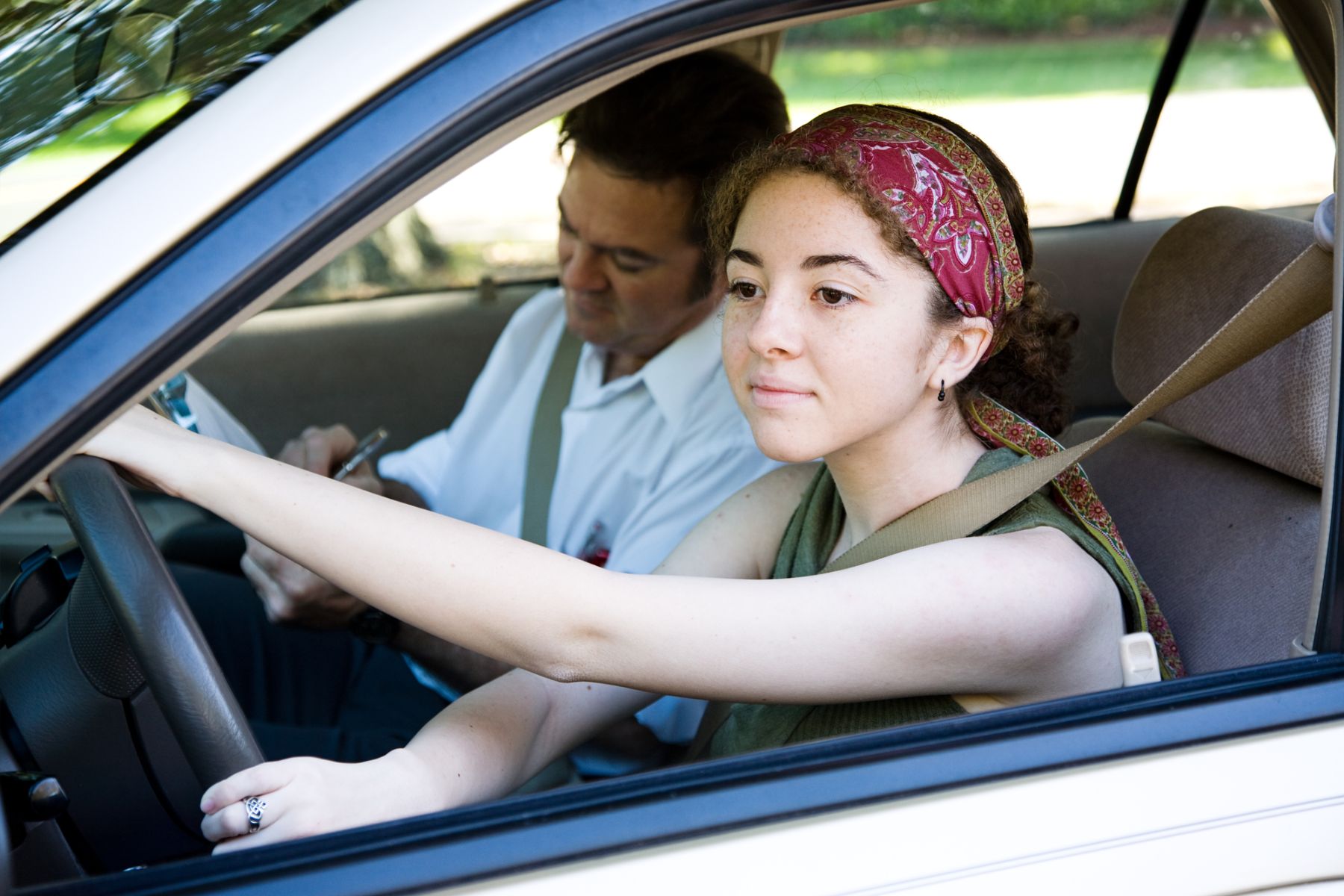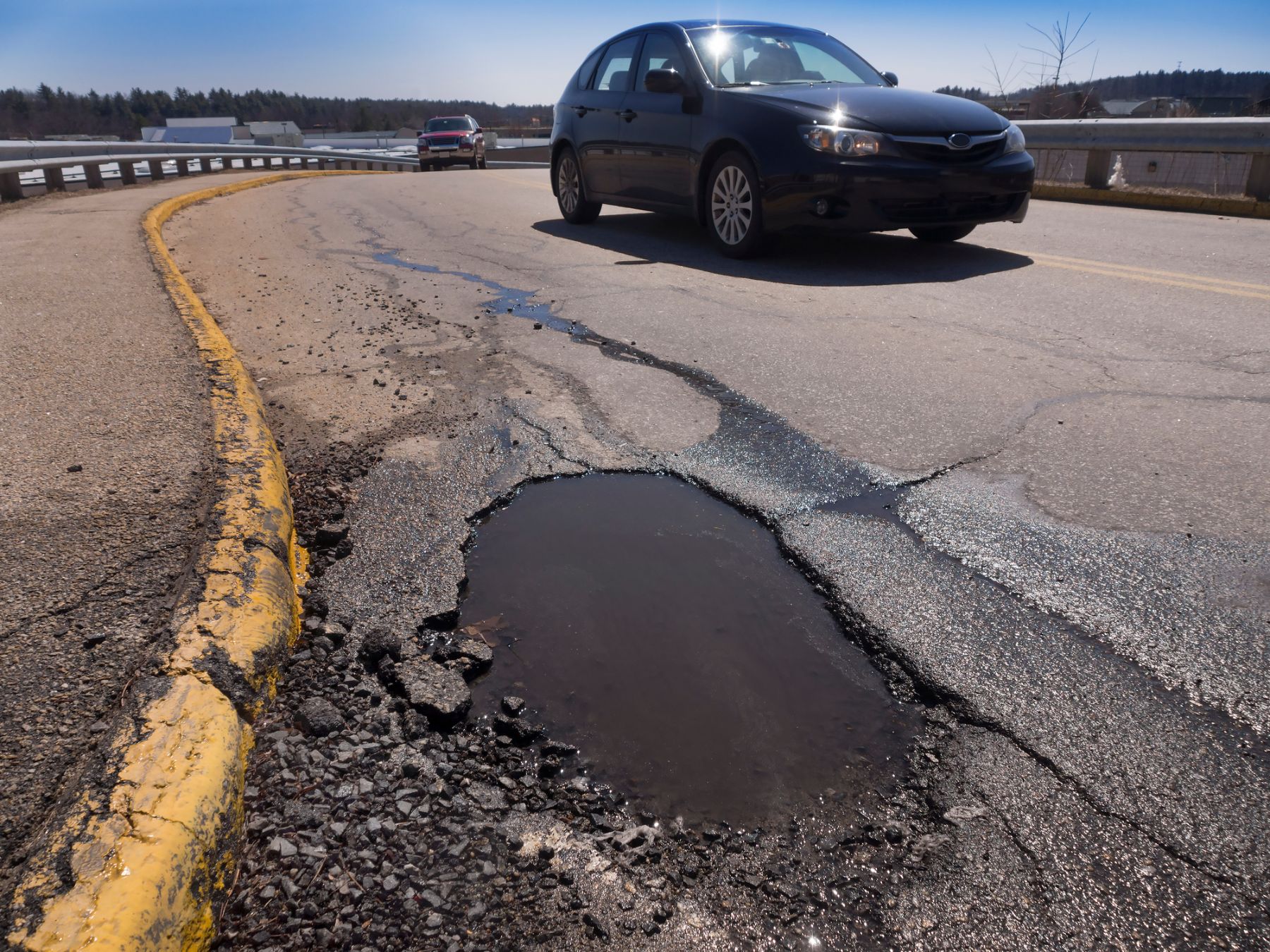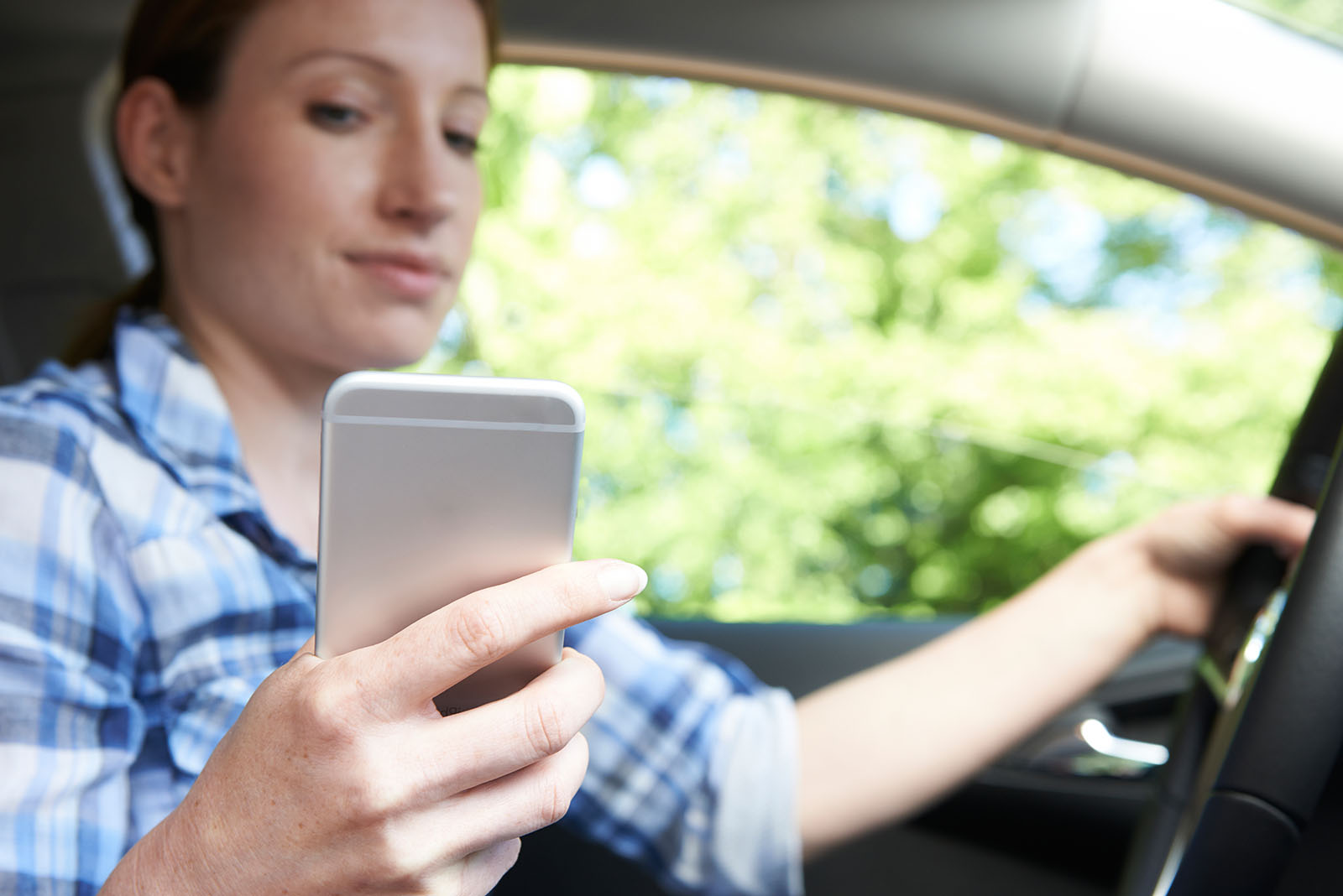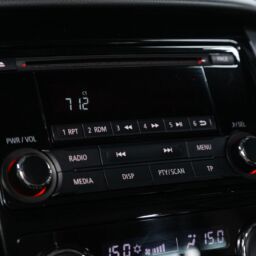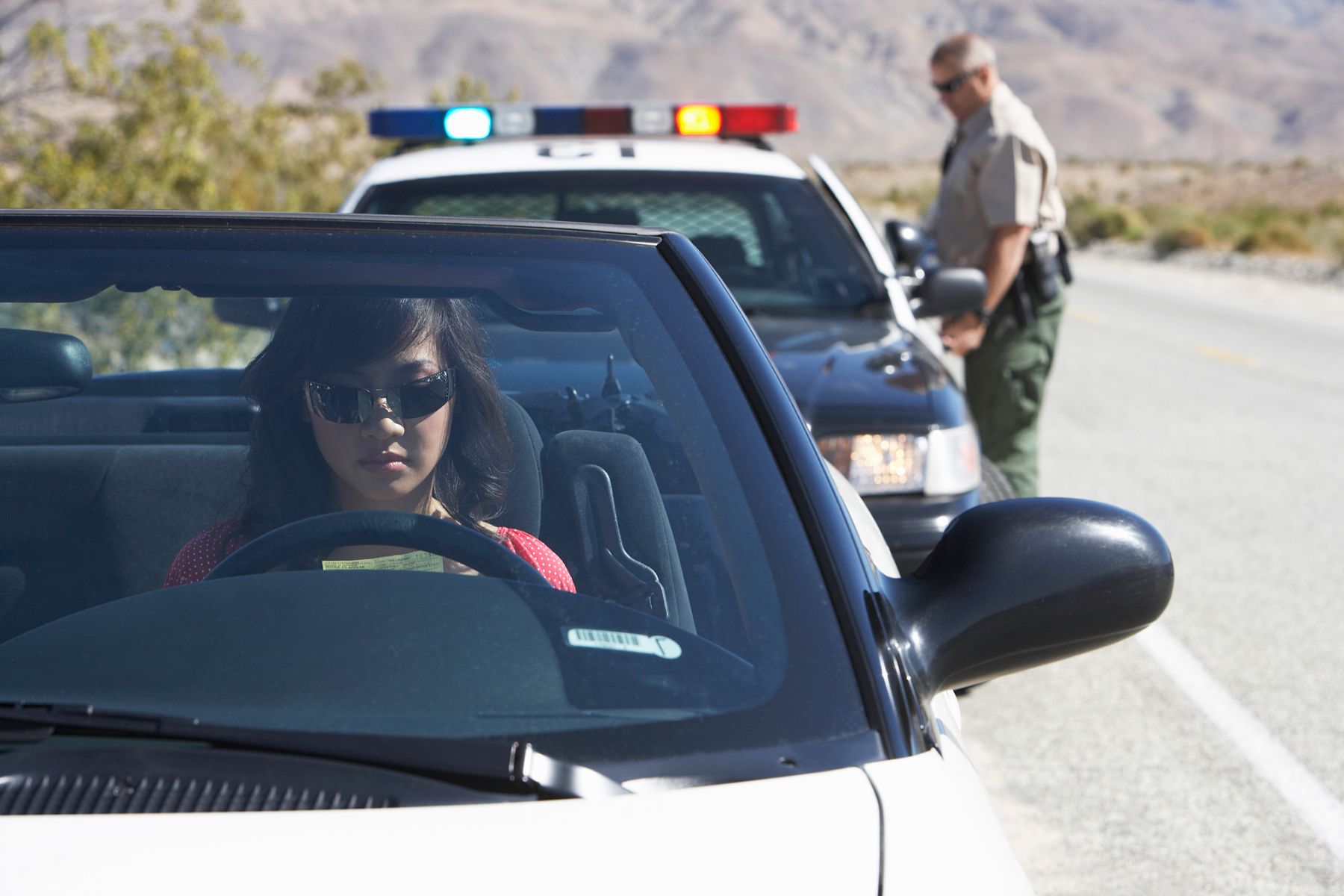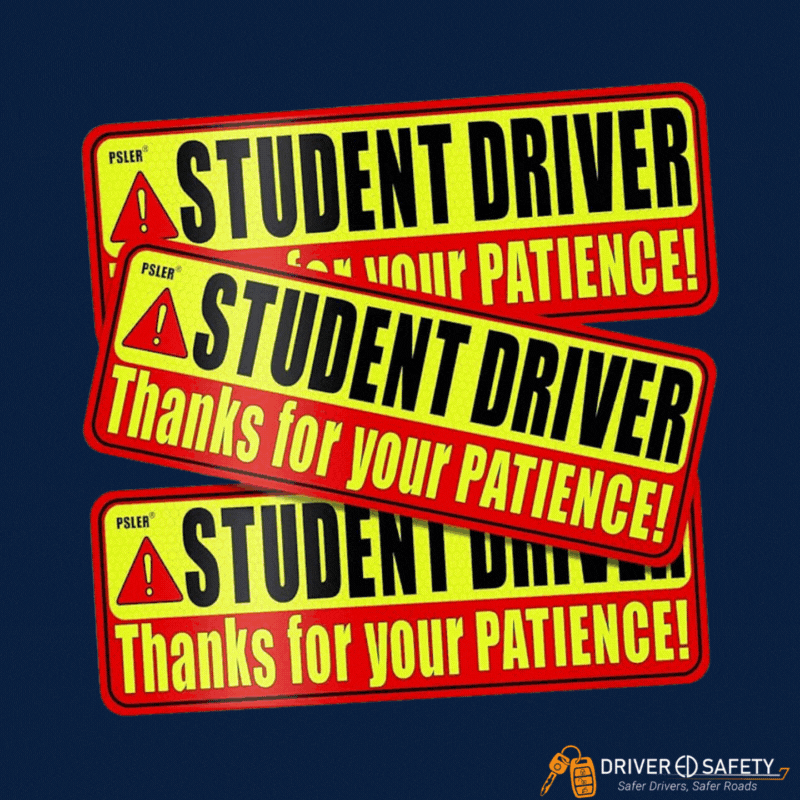
Parents: have you ever thought, hmm why isn’t my teen interested in driving? Students: are you tired of your parents saying “when I was in school we took driver’s ed as a class and by the time I was 16, I had a license” as if that makes a difference. What matters today is that some teens just aren’t interested in getting behind the wheel. Let me share with you a few reasons why:
1. Anxiety:
According to the Center for Disease Control (CDC), approximately 2,400 teens were killed in car crashes alone in 2019; more than 250 thousand were admitted to the emergency room with injuries related to a car crash. In addition, physicians are seeing an increased number of teens struggling from stress disorders, anxiety, and even depression. As adults, we have years of experience to fall back on, but we approach teens with the mindset of driving being this easy, nonchalant task, but in all actuality, it is not. You depend on your peripheral vision and depth perception. If you make a mistake, there could be an immediate consequence, and you have to be 100% focused 100% of the time. So, a feeling of worry, nervousness, or uneasiness, typically about an imminent event or something with an uncertain outcome, identified as anxiety, is a valid, teen concern.
2. Vehicle:
Teens seem to be paying close attention to the environment. Some are concerned about nitrous oxide emitting from cars and assisting in the depletion of the ozone layer and some are concerned about the safety of cars overall.
Rest assured, teens, cars today are smarter than ever. They’re practically run by computer software and take an actual mechanical engineer to fix them. No more just popping the hood, wiggling a few wires, replacing the alternator, and the car being as good as new. The question is, does increased safety accompany the advanced technology?
Well, let’s take a look. Most manufacturers have at least one hybrid vehicle in their inventory with more all-electric vehicles coming soon. To name a few:
- The 2022 Kia Niro EV6 will be Kia’s first all-electric vehicle w/ projected sales across all 50 states. According to Kia this vehicle has zero emissions, collision warning, and a range of battery pack voltage options to fit your needs.
- In 2021, Ford unveiled its all-electric Mustang Mach-E. Standard across all models is the auto emergency braking, post-collision braking, and reverse brake assist. Add those features to its auto high-beam headlights making it a top safety pick for the 2021 model year.
- Toyota’s 2021 Camry has been voted the safest car to drive. It’s fitted with Safety Sense™, a pre-collision system with pedestrian detection, full-speed range dynamic radar cruise assist, and lane tracing assist. With a $25k starting price, this could be the perfect car your teen needs to venture out on their own.
3. Rideshare Apps:
Uber, Lyft, VIA, BlaBla Car, Bridj, GoKid, and Hitch are just a few of the rideshare apps out there that are making driving that much less appealing to teens. Using these apps removes the anxiety that’s experienced from being behind the wheel, it’s beneficial for the environment because it’s one less car on the road and multiple people can share, and it takes the concern out of selecting which vehicle the teen will drive. Rideshare apps boast lots of conveniences, one being able to arrive for pick-up fairly quickly, sometimes within just 5 minutes of being called. The fees are fairly reasonable, the option of a compact vehicle to luxury vehicle is present, and catching a ride from one at 10 pm after leaving a friend’s house is more convenient than having to bother your parents to come pick you up. Parents, before you pressure your teen into driving or wonder what the delay is, please consider these factors. Consider their anxieties, their concern for the environment, and their ability to take advantage of newly developed rideshare applications. Talk with your teen, inquire with them about why they don’t want to drive, or how they feel about driving. You may actually gain some insight and be able to maneuver around or work through their fears and anxieties to get them excited about the freedom that comes with getting behind the wheel.


